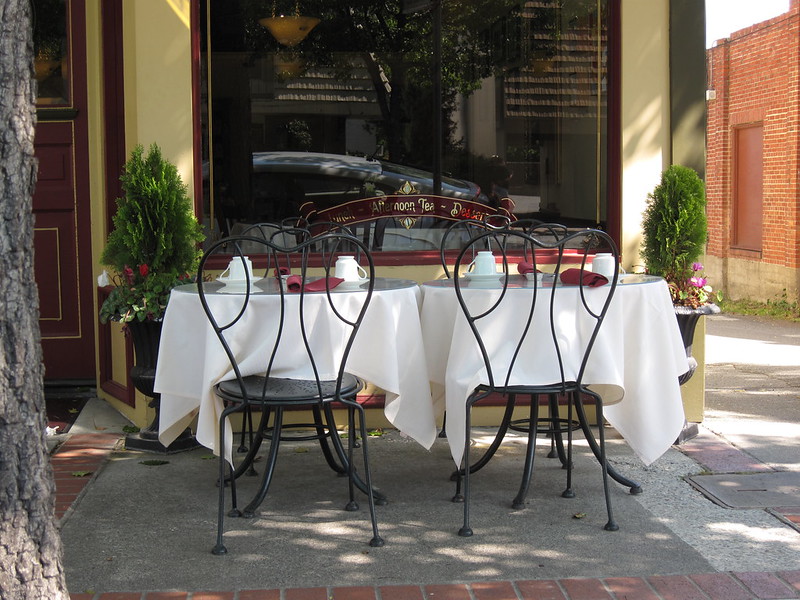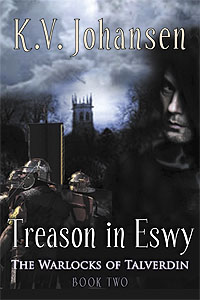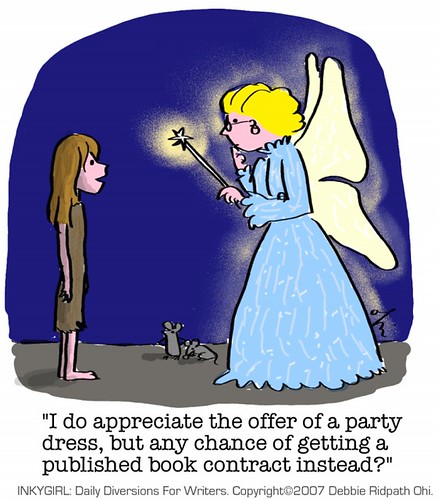
I was ready.
I had the cool logo. I had my library card, smokin’ hot in my hands. And I set forth on a Mission to find books that celebrated Southeast Asia.
I had a couple of rules about my Mission. First: YA lit was my goal. I wanted to be able to critically engage with the culture of young adults in these countries, because I have a sneaking suspicion that somehow cultural education stops in the middle grades.
Second: Novels that depicted the particular country against the backdrop of American aggression — whether political or religious — were out. I cannot read another war memoir, written in a detached voice of horror, while the main character is on the run or is safely away in the U.S., looking back. I refuse to read another missionary tale, where the character is safely ensconced in neat Christian values, while their culture is interpreted from the point of view of the Puritans. I had enough of that in childhood, though I’m sure the writers meant well.
Third: the novels should be modern and relevant narrative fiction; story, not travelogues sponsored by that country’s tourism board, nor appropriated folktales of long-ago (although fantasy and science fiction would be cool). I want to know about these people in this country right now.
I didn’t have a lot of opinions about the authors — they could be from that country or not, but I wanted to explore what UK authors would bring to the table. After all, there’s a curry dish here in Glasgow reputed to have been invented here. There are plenty of people here of Southeast Asian origin. Surely, I’d see them reflected in the literature. Surely there would be a lot to chose from in YA fiction. Surely.
So, I knew what I wasn’t after, and a lot of that was, in hindsight, unrealistic. But even with all of my rules, I wasn’t sure what I was looking for.
Is it any wonder that I didn’t really find anything?
Nothing that fit all of my rules, anyway.

A long and uneasy marriage of colonialism means the UK will always be home to people of color. I found the requisite books about India, which does count as Southeast Asia. Tanuja Desai Hidier’s breakthrough novel Born Confused has already been discussed as a great example of Indian Girl Meets World literature — however, her confusion was between her American and Indian roots. I wanted to see how teens transition between India and the UK. Jamila Govan’s Walking On My Hands, tells of growing up between London, England, and Mussoorie, India. Her growing up years were mostly in the 50’s, though… so, that doesn’t quite count as “now.” I kept reading.
India was fine, but I wanted novels set in Burma, Thailand, Cambodia and Vietnam. I wanted Malaysia, the Philippines, East Timor, Sri Lanka and Indonesia to leap off the page at me. And I found all of these countries in books, but they were either nonfiction — and reeked of tourism boards — or they were textbooks, with titles that began, “The Changing Face Of…” and “Recent Trends And Challenges In…” The Visual Geography series is richly illustrated with quality photographs, and filled with the gently lecturing tone of a social studies teacher. I can tell you the import and export and annual rainfall of a lot of places. I can tell you the attitude toward education, and women, in case you wanted to know.

Unfortunately, I still don’t know how they relate to story.
Rosen Publishing has a great series in that same social studies vein. In Their Own Voices includes Guatemalan, Mexican, Haitian, Indian, Chinese, Bosnian, Russian, Cambodian and other teen refugees, telling their stories. Berkeley Publishing Group’s Journey To America series includes Chantrea Conoway’s tale of coming from Cambodia. Both of these are excellent series, don’t get me wrong. However, I wonder if, at a certain age, American teens merely see their counterparts from other cultures only as refugees and the “less fortunate.” While I think these voices are vitally important, I sometimes wish they could be depicted as something other than homeless, faceless victims, tossed up on American shores like so much human flotsam.
(And did you notice, they’re both American publishers? Hello, UK? What’s up with that??)
The most unique and interesting books that I found were Minfong Ho’s books about Thailand. Though they weren’t available at the library — a long story involving them being at one branch when they should have been at another, and no one being able to find them in time — I know they can be ordered from the local Waterstone’s, so that made me happy, at least.
Minfon Ho is best known to Americans as the author of the book Rice Without Rain, the story of a seventeen year old Thai girl whose desire to improve her rural family’s fortunes by listening to the modern advice of students on how to irrigate the crop, ends up thrusting her into the middle of a political revolution that threatens her family and her future. (I remember that book from high school, so it’s by no means new.) This book is the very closest I found to not breaking any of my self-imposed rules, however, The Clay Marble and The Stone Goddess are both about Cambodian refugees, so these books attracted me the most.
 In The Clay Marble, twelve-year-old Dara, with her mother and older brother, are left homeless and without hope after the fall of the Khmer Rouge. They’re seeking food, and come through dangerous jungles to the Thai border, where refuge is offered in the form of a place to rest. Dara finds a friend who, made wise by adversity, using whatever she can find in that poor place to make life bearable. Her gift to Dara of a clay marble convinces Dara that life can be good. However, Vietnamese guerrilla strikes on the refugee camps separate Dara from her family for a time, and with the tragic loss of her friend, Dara wants nothing more than to go home, and return to farming. Her older brother, however, has caught the military bug, and wants to join with one of the factions. The balance of the book is about Dara’s courage in helping to collect the pieces of her family, and convince her brother to come home.
In The Clay Marble, twelve-year-old Dara, with her mother and older brother, are left homeless and without hope after the fall of the Khmer Rouge. They’re seeking food, and come through dangerous jungles to the Thai border, where refuge is offered in the form of a place to rest. Dara finds a friend who, made wise by adversity, using whatever she can find in that poor place to make life bearable. Her gift to Dara of a clay marble convinces Dara that life can be good. However, Vietnamese guerrilla strikes on the refugee camps separate Dara from her family for a time, and with the tragic loss of her friend, Dara wants nothing more than to go home, and return to farming. Her older brother, however, has caught the military bug, and wants to join with one of the factions. The balance of the book is about Dara’s courage in helping to collect the pieces of her family, and convince her brother to come home.
Part of Scholastic’s First Person Fiction series, The Stone Goddess tells the story of Nakri and her family who are caught up in the war and forced to flee their city home when Phnom Penh falls. Little by little, their family unit is stripped — mother and little brother left behind, father taken away from the prison camp. For three years, Nakri, her brother Boran and beloved sister, Teeda, who was a classical dancer, work in a prison camp, and in the end, only Nakri and Boran walk away. Without Teeda, and with so many losses, there seems to be no reason for beauty and grace in the world, but Nakri remembers her sister, and all that she had. She dreams of dancing as Teeda did. Through a tenuous connection of her father’s with an American, what is left of the family immigrates to the United States, and starts to rebuild — while in their minds is vividly etched all that was left behind.
The covers for both editions of The Stone Goddess are gorgeous and relevant to the novel, which includes a bonus folktale of a goddess who triumphs over a monster. As I said previously, these books break my “not about Americans” rule and include a big dose of Western values and American influence, but… unfortunately, it is virtually impossible to find a novel about Cambodia without this. That, to me, is troubling.
 As you can see, it was a pretty mixed bag at the library for Southeast Asia. I have to admit to being a little exasperated that titles I tracked down that sounded remotely interesting were written for six year olds (The Jack Stalwart “Secret of the Sacred Temple” was a funny one), and books that sounded like fiction were either biographies and/or travelogues. There were books available. But not near enough.
As you can see, it was a pretty mixed bag at the library for Southeast Asia. I have to admit to being a little exasperated that titles I tracked down that sounded remotely interesting were written for six year olds (The Jack Stalwart “Secret of the Sacred Temple” was a funny one), and books that sounded like fiction were either biographies and/or travelogues. There were books available. But not near enough.
Sometimes people talk about the fact that there are a glut of young adult books available, and wring their hands about quality and quantity, and the impossibility of reviewing, when there’s so much bounty on the table. I’d like to suggest that the table could be larger, and I hope to find more cultural contributions from Southeast Asia and others. I’m going to keep looking.

The One Shot World Tour rolls on! Check out:
- Liz’s Interview,
- Tarie’s review of Playing It Safe,
- Rasco from RIF rounding up SE Asian Cinderella stories – woot!
- The 7-Imps with Cyle of Rice, Cycle of Life, which has great pictures,
- Teens Read & Write handily rounded up their three reviews of books into one handy post,
- Paper Tigers has some great quick reviews of a plethora of Southeast Asian choices, wish they stocked my library!
- Little Willow interviews Autumn Cornwall, who wrote Carpe Diem, about a chick who BACKPACKED through SE Asia,
- Sherry at Semicolon reviews a Cambodian novel and a Vietnamese travelogue, and,
- At Great Kid Books, Mary Ann reads about Cambodia,
,
- Nymeth explores a Filipino graphic novel – so cool!
- Niranjana from Brown Paper reviews The Book of Salt,
- and Colleen explores the history of Cambodia – and war, which seem irreparably intertwined.
More round-ups all day at Chasing Ray.
You can find Born Confused, Walking on My Hands, Rice Without Rain, The Clay Marble, and The Stone Goddess and all other books mentioned in this post at an independent bookstore near you. Trust me, you can. Just ask.









 K.V. Johansen’s Nightwalker was added to VOYA’s Year’s Best Science Fiction, Fantasy, and Horror list for 2007, and you can find out more about her writing
K.V. Johansen’s Nightwalker was added to VOYA’s Year’s Best Science Fiction, Fantasy, and Horror list for 2007, and you can find out more about her writing 

